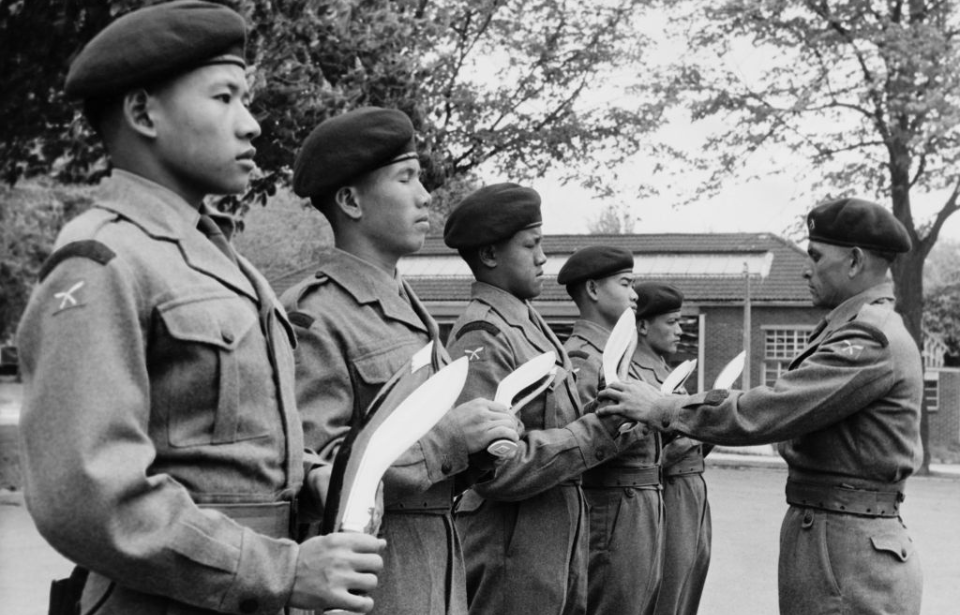In 1814, the British Army first encountered Nepalese soldiers known as Gurkhas. While both were initially enemies, the British later brought the Gurkhas into their fold. Much has changed about the group since it began fighting for the Crown. One thing, however, remains the same: the Kukri blade.
The Gurkhas
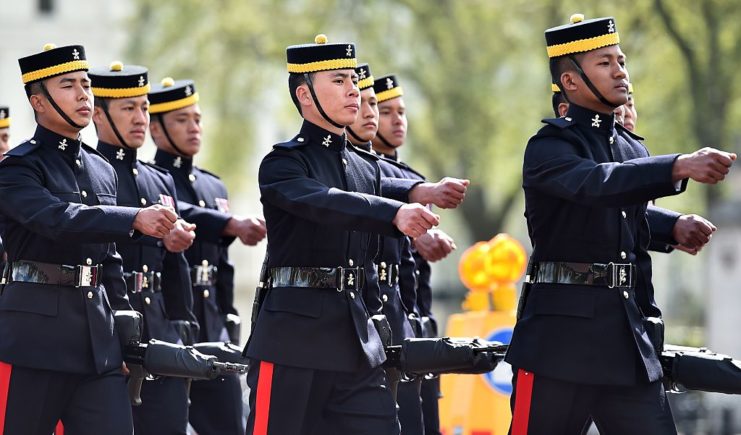
The Gorkhali people are native to Nepal and parts of India. They became known to the general public when the Gorkha Kingdom battled the British East India Company during the 1814-16 Anglo-Nepalese War. The conflict arose due to a border dispute, with the company invading Nepal. The British were very impressed with their opponents’ skill and ferocity, calling them “Gurkhas.”
Upon Britain establishing control of India, the Gurkhas became an integral part of their fighting force, proving their valor many times. In 1947, when India achieved independence, the Nepalese soldiers were given the option to fight for either Britain or India. The majority opted to remain in India, but some stayed with the British Army.
As of April 1, 2021, 4,100 Nepalese soldiers serve Britain in the Brigade of Gurkhas. In addition to their reputation for bravery, these warriors are also known for carrying the Kukri blade.
The Kukri blade
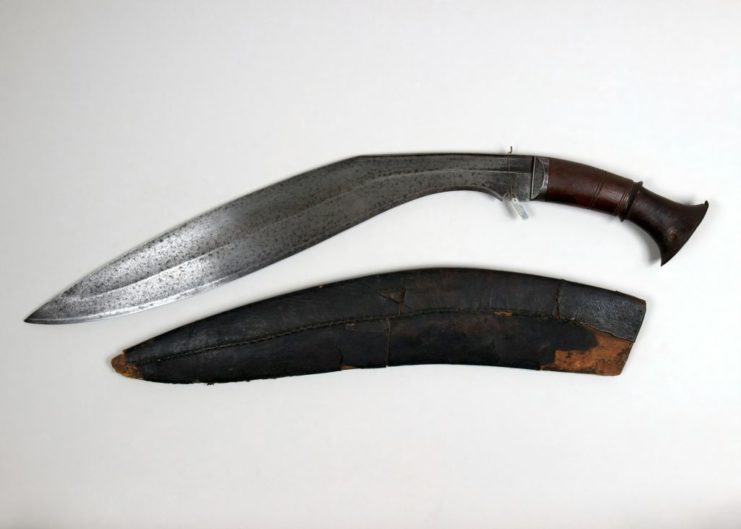
One of the easiest identifiers of Gurkhas are their Kukri blades. Also known as the “Gurkha knife” and the “Gurkha blade,” the melee weapon has been carried for centuries, with the oldest existing one belonging to Dravya Shah, who lived in the 16th century. That being said, it’s believed to actually trace back to the 13th century, with some historians dating it back to the time of Alexander the Great.
Today’s Gurkhas carry two Kukri blades at all times. The first serves a ceremonial purpose, while the second is used for a variety of different tasks. In Nepal, the weapons are made by the Biswakarma Kami. The standard length is between 16-18 inches and the weight is normally between one and two pounds.
The weapons are forged from steel and have a notch at the end of the blade, which ensures that blood and sap drip off, rather than making the handles, which are made from hardwood or water buffalo horn, slippery.
The Kukri blade has many uses
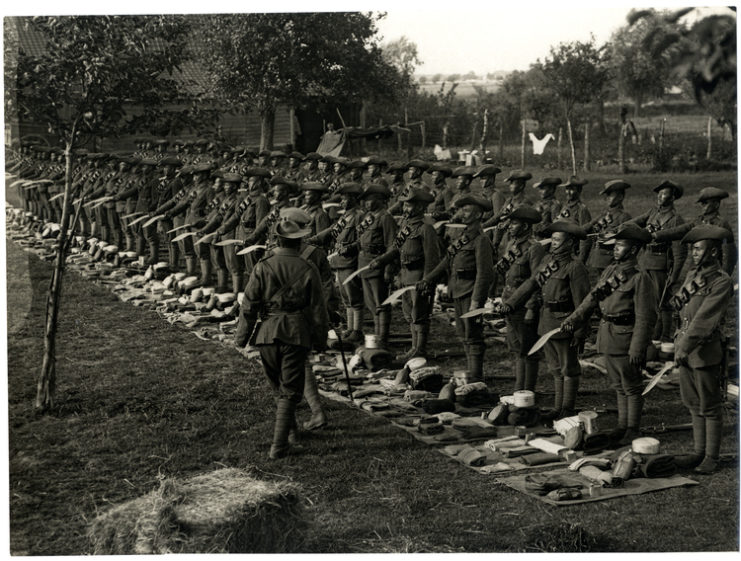
There are five main uses for Kukri blades, ranging from helping to complete menial tasks to killing enemy soldiers.
- Chopping – Soldiers can use their blade to chop wood when out in the field, should they need to start a fire.
- Carving – The Kukri blade can carve wood, in case the Gurkhas need to fashion a tool while out in the field.
- Digging – A soldier may have to dig while serving. The Kukri blade allows them to do so.
- Slaughtering – If soldiers are hungry and need to eat, the blade can be used to slaughter wild animals.
- Killing – While the Kukri has many features, the main goal of most users is to kill the enemy.
The Gurkhas remain incredibly skilled with their blades
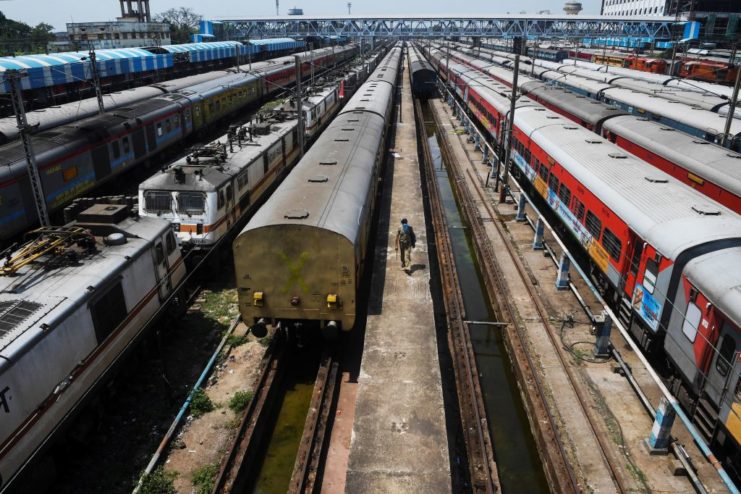
Gurkhas have been making use of their Kukri blades for centuries. In fact, legend says that once a Kukri has been taken out of its sheath, it must taste blood before being put away While technology has advanced plenty, Gurkhas still make use of the weapon.
In 2010, a Gurkha named Bishnu Prasad Shrestha was riding on a train that was set upon by armed bandits. After robbing the soldier, the group set upon assaulting a teenage girl, causing Shrestha to take out his Kukri. He went after them, injuring three. The bandits were able to seriously injury his left hand, but the Gurkha was able to recover what the bandits had nabbed from him and others onboard the train.
Shrestha became renowned in his country for his bravery. He refused a reward from the girl’s family, though, saying, “Fighting the enemy in battle is my duty as a soldier. Taking on the thugs on the train was my duty as a human being.”
The Kukri blade’s legacy and influence on pop culture
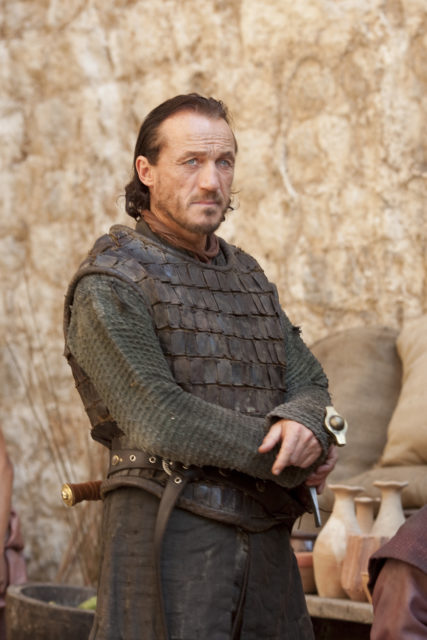
More from us: The M1 Garand was ‘The Greatest Battle Implement Ever Devised’
It’s not only tradition for Gurkhas to carry the Kukri blade, as the weapon still remains effective on the battlefield.
Hollywood has also taken notice of weapon. It showed up in the hit HBO series Game of Thrones, wielded by Jerome Flynn’s character, Bronn. Kraven the Hunter from the Spider-Man comics uses the knives on occasion, while Jonathan Harker, the vampire hunter in Bram Stoker’s Dracula, also carries one.
